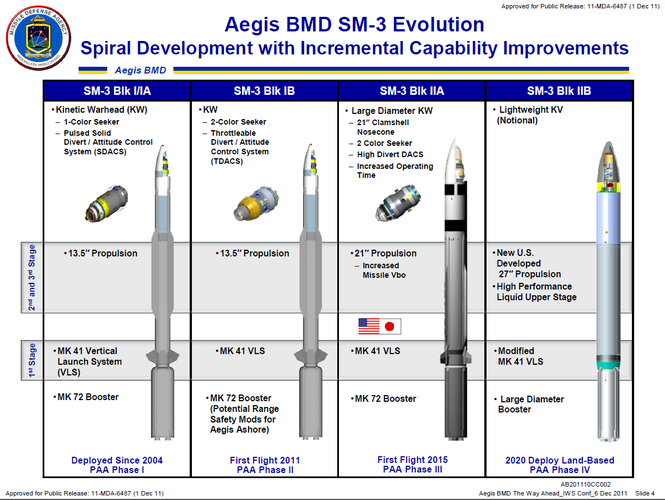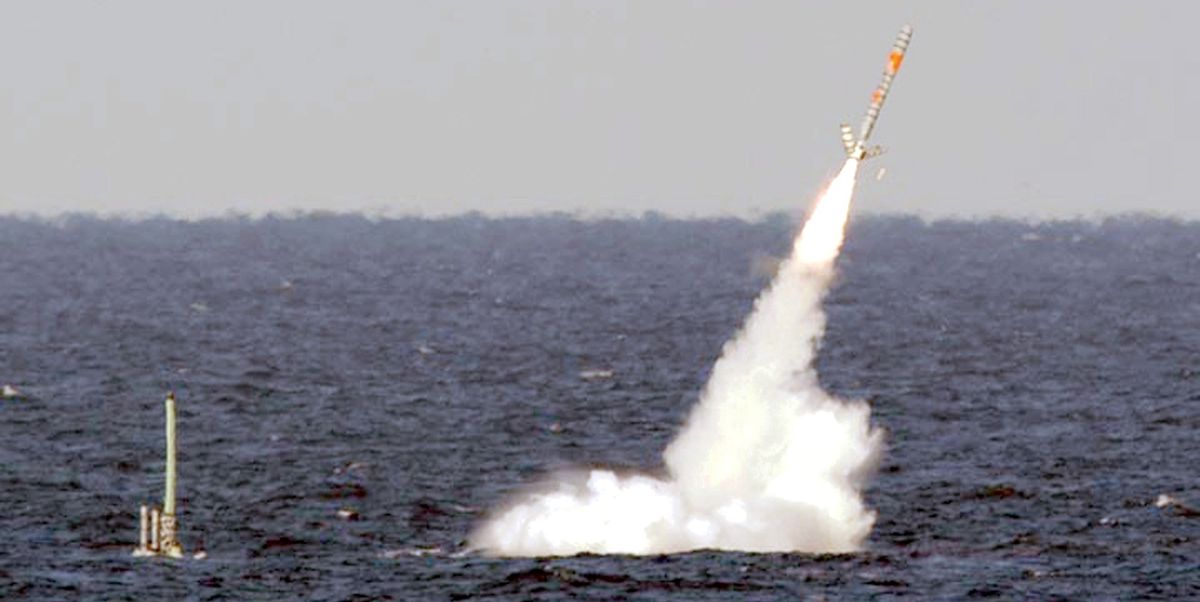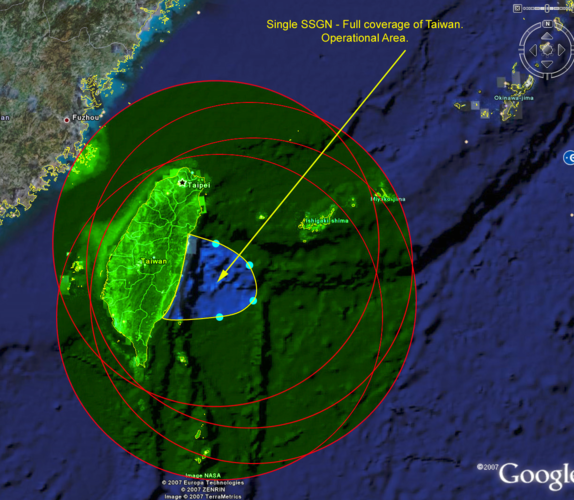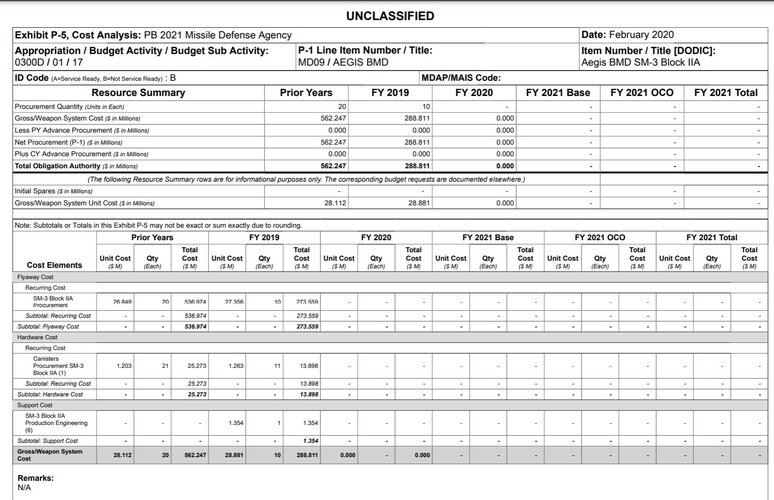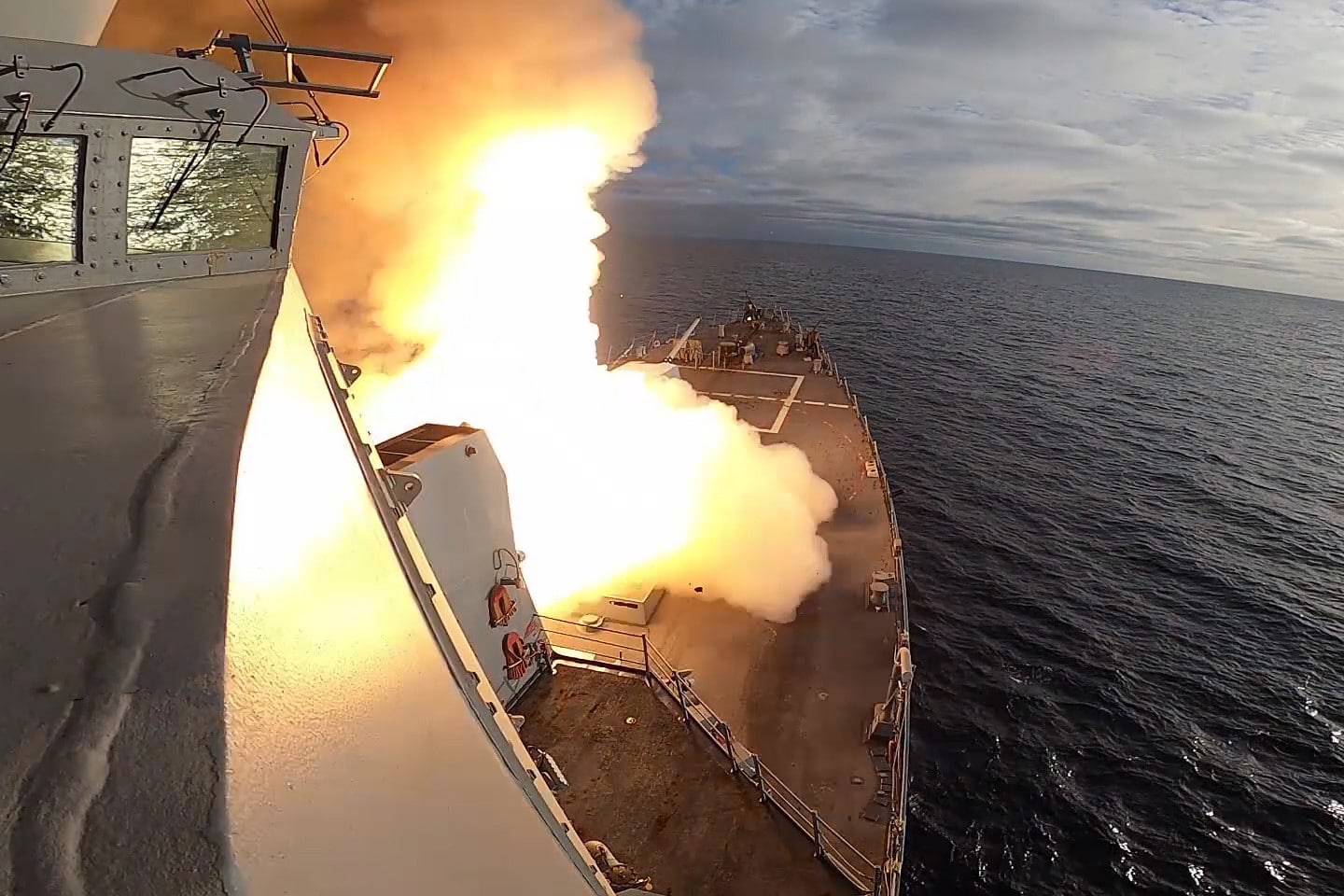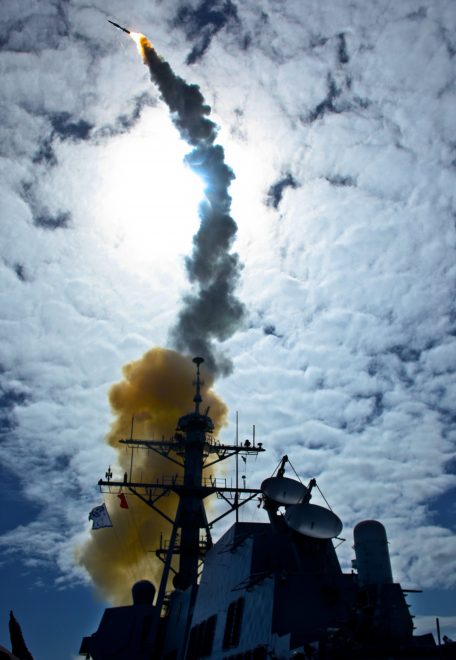Firefinder
ACCESS: Top Secret
- Joined
- 5 October 2019
- Messages
- 1,049
- Reaction score
- 1,905
Russia is basically a none start due to the shear numbers they can throw if they wanted.Any thoughts in hot war what would be the successful interception rate, have seen between 75 to 90% for Iron Dome and a study on THAAD in Korea estimated in the high eighties, both based on launch of two AA missiles per target missile.Yeah, this kind of stupidity gets old. Philip Coyle is notorious for this. GMD is useless well, because he says so. But if we stationed them in Europe the would nullify Russian ICBMs according to him. See, apparently it's far easier to chase an ICBM down from behind, with only 5 minutes to detect, decide, and launch, than it is to have a half hour to wait for it to come to you.Thx for your info, confirmation its a grey area.A big IF then was how realistic was the "threat-representative Intercontinental Ballistic Missile (ICBM) target"?
This is a never ending debate. MDA and the Navy will likely say that the threat, when combined with its ability to simulate intercept scenarios and threat capabilities, is a good representation of real world performance, while detractors will claim that nothing is fully representative until one actually shoots down an ICBM or completely declassifies the program so that they can fully validate this claim.
It's a non story. If this standard was applied universally then the efficacy of most weapons, that haven't been used in war, would be in the "grey area" because their developers and operators refuse to declassify minute details on how they work and how they are tested, or use them in an actual war to settle the debate one way or the other. But it just seems that these standards are applied selectively depending upon which side of the argument one lands.
That leads on to the question of how do you estimate the number of SM-3 IIA needed to be funded for both USN and Aegis Ashore to counter the threats from China, Russia, North Korea and Iran.
China, North Korea and Iran on the other hand...
Basically take their missile count and times by say three for any given one. But remember its not just the SM3 they have to get through, the GDI uses the same tech as the SM3, so you have to factor in those as well.
Then you have the tests with the THAAD/SM6 showing those can JUST knock down most ICBM RVs. Theres is another layer to factor in.
Cause that is the US Defense plan for ICBMs, has been since the Safeguard program basically.
Defense in Depth, several systems spec for different areas to be able to knock down several targets in its kill zone, so hopefully none make it thru by the time it hits past the last layer.



